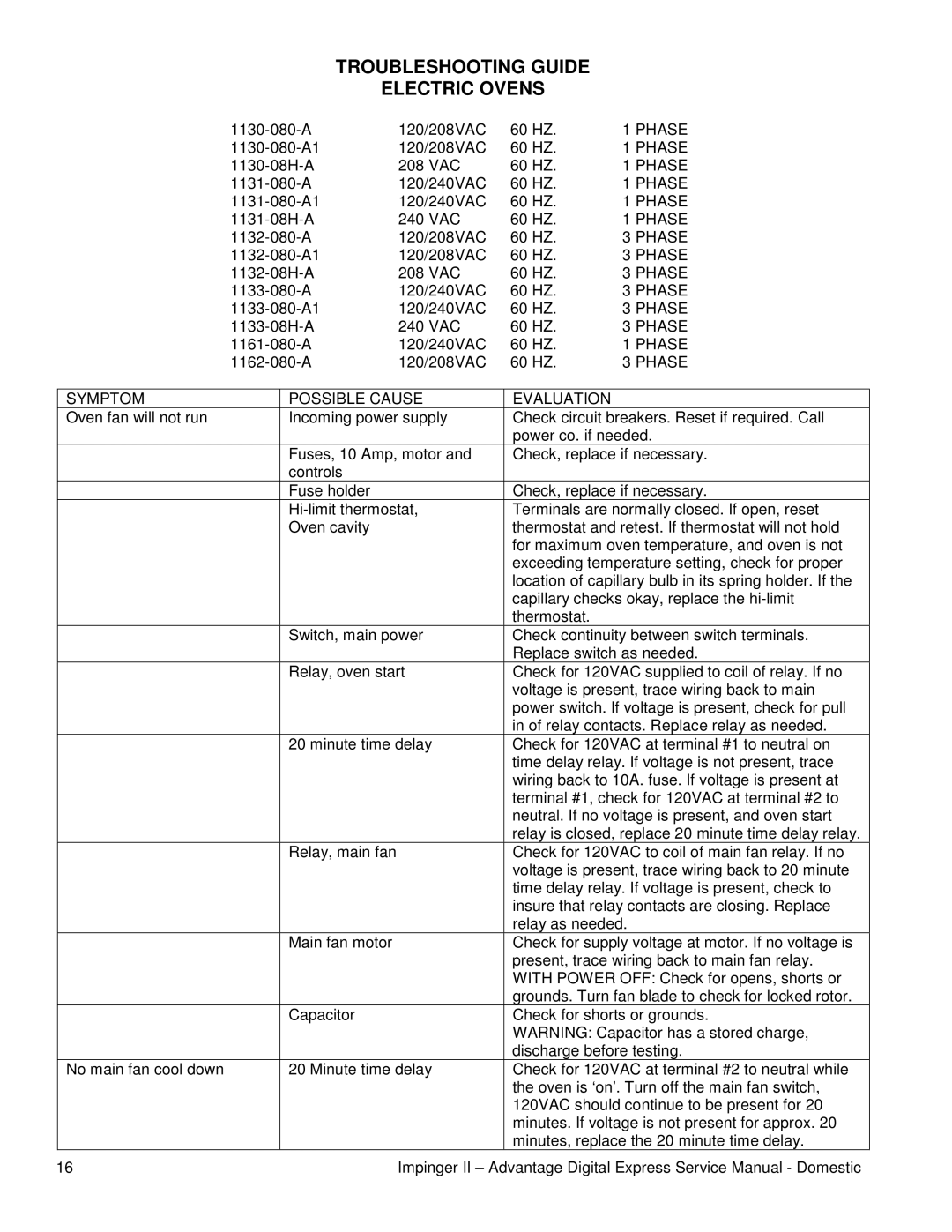1117-080-A1, 1117-080-A, 1130-080-A, 1131-080-A, 1132-08H-A specifications
The Toro 1133-080-A, 1132-080-A1, TRUE, 1130-080-A1, and 1132-080-A represent an innovative range of irrigation components designed to efficiently manage water distribution for both residential and commercial landscaping applications. These products stand out in the horticultural and agricultural sector due to their commitment to sustainability, flexibility, and user-friendliness.One of the main features of the Toro 1133 series is its advanced water-saving technology, which allows users to optimize water usage effectively. This technology not only promotes conservation but also reduces water bills, making it an economical choice for users. The precision-engineered nozzle designs of these models ensure that water is delivered exactly where needed, minimizing waste and promoting healthy plant growth.
The Toro 1132 series shines with its durable construction. Designed to withstand the rigors of outdoor conditions, these components are made from high-quality materials that resist wear and tear over time. This durability is essential for users seeking long-term solutions for their irrigation needs.
Additional conveniences are integrated into the design of the Toro 1130-080-A1 and 1132-080-A models. They come equipped with easy-to-install features, making the installation process straightforward, even for those without extensive experience in irrigation systems. The user-friendly design enhances accessibility, allowing homeowners and landscapers alike to set up their watering systems with minimal effort.
Another characteristic that sets these models apart is their adaptability. Whether used in residential gardens, commercial landscapes, or agricultural applications, the Toro irrigation components can easily be adjusted to fit various layouts and watering needs. This versatility makes them suitable for a wide range of environments, ensuring that every landscape receives the irrigation it requires for optimal growth.
Lastly, the Toro brand is synonymous with innovation and excellence in irrigation technology. By choosing any of the Toro 1133-080-A, 1132-080-A1, TRUE, 1130-080-A1, or 1132-080-A systems, users can trust they are utilizing products backed by years of research and development, supported by a reputation for reliability and quality in the industry. These models not only embody the latest in irrigation technology but also reflect a dedication to eco-friendly practices, helping users achieve lush, thriving landscapes while contributing to water conservation efforts.
